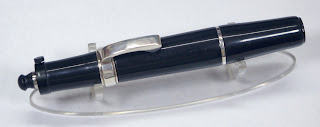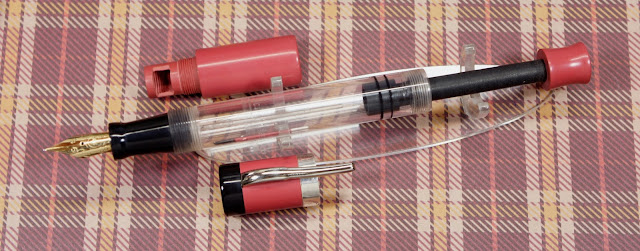Starting from 2022, I will be changing the way orders are being processed.
There are a number of pre-paid orders that are awaiting delivery. These orders are for standard pen models. There are no customizations offered for these orders. When someone is ordering from the website, there is a general expectation that the order will be delivered within a reasonable amount of time. When such an order is placed, customers are being immediately informed about the lead time. In almost all cases so far, people have been extremely cooperative.
While I am trying to hire a helping hand, I still need to find a way so that I can serve customers better. Fast Track processing was one such initiative and many have taken advantage of this option. Similar to Fast Track, I will be adding the pre-paid orders to the work-queue.
I am making the following changes in order processing effective January 2022:
1. For three-five weeks in every quarter, I will be processing the pre-paid orders. These may not be contiguous but rather scattered across.
2. You will see placeholders for pre-paid orders in the work-queue, however, the exact placement will only be clear at the beginning of each quarter. These placeholders will be marked as "Production Lot n". I can only communicate which lot your order falls into at the beginning of the quarter.
3. If you already have a pre-paid order in the existing work-queue, your order will be considered as part of this update and moved into the production lot. I will inform you accordingly.
4. All other orders including Fast Track orders will be on hold while I am processing pre-paid orders for that particular lot. Normal order processing will resume once the production lot is ready.
5. Pre-paid orders can be Fast Tracked and will be given priority when the production lot is assigned.
Thank you.


















